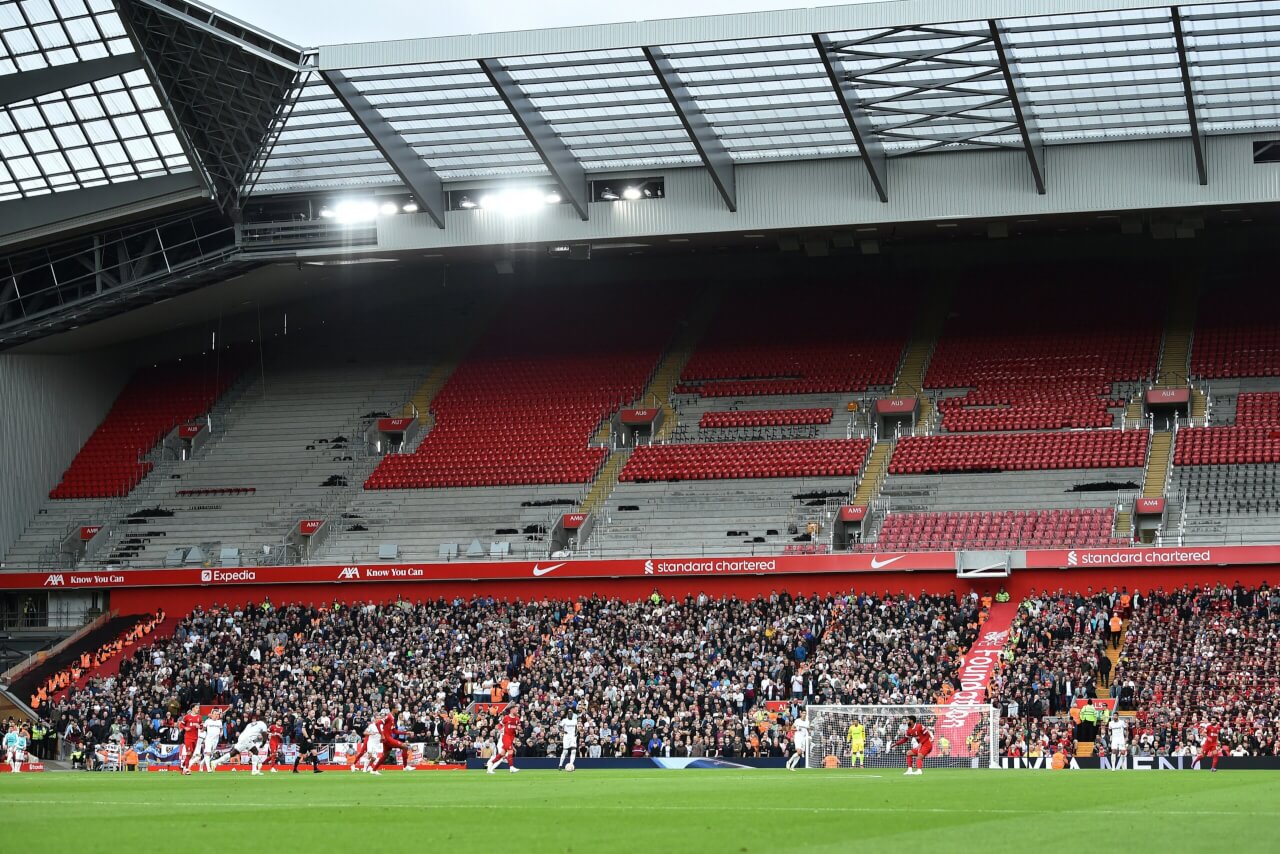Liverpool’s Stadium Saga: Chronicle of Ambition and Evolution
In an era where football clubs constantly strive to modernize and expand, Liverpool FC’s journey to increase Anfield’s capacity to over 60,000 is a narrative rich with ambition, setbacks, and ultimately, triumph. As Philip Buckingham detailed in The Athletic, the road to achieving this milestone was anything but straightforward, marked by failed funding, broken promises, and a decade of debates over Anfield’s viability as the club’s future home. This piece aims to weave through the intricate tapestry of Liverpool’s stadium developments, reflecting on the broader implications for the club and its storied relationship with its iconic ground.
From Dreams to Reality: Evolution of Anfield
The anticipation for Liverpool hosting Burnley, setting a 74-year record for a league game attendance at Anfield, is not just a celebration of a sporting event. It’s the culmination of over two decades of aspiration, planning, and intense work to bring Anfield into the future while respecting its historic past. “It has been an arduous journey of failed funding, broken promises and delays, with three different stadium projects proposed during a decade when leaving Anfield was framed as the club’s only viable option,” Buckingham notes, encapsulating the challenges faced by the club in its quest for growth.
Liverpool’s journey began in the summer of 2000, under the chairmanship of David Moores, when the club first entertained the idea of leaving its historic Anfield home. The necessity for expansion was clear: to keep pace with the financial might of Manchester United and the evolving infrastructure of English football. Yet, as Buckingham articulates, “Reviving Anfield has not been straightforward,” highlighting the complex process of developing the new main stand and the Anfield Road Stand amidst local and logistical challenges.

Strategic Shifts and Financial Realities
The narrative of Liverpool’s stadium expansion is a saga of strategic shifts, underscored by the economic realities of football. The initial plans, including the Parry Bowl and the ambitious but ultimately unrealized ‘Spaceship’, reflect a period of grand vision but also significant uncertainty. Buckingham’s recounting of these proposals, and the eventual decision by Fenway Sports Group (FSG) to remain and expand Anfield, illustrates the delicate balance between ambition and pragmatism in football’s modern era.
FSG’s approach, focusing on incremental expansion rather than relocation, mirrors a broader trend in sports management where history and modernity are blended to enhance fan experience and revenue without sacrificing legacy. The scrapped plans and the financial implications they bore, as detailed by Buckingham, serve as a cautionary tale of the pitfalls that can accompany ambitious infrastructural projects in sport.
Anfield’s Transformation: Beacon of Progress
The phased opening of the redeveloped Anfield Road Stand is not just a milestone in Liverpool’s history but a testament to the club’s commitment to its roots and its future. Buckingham’s description of the challenges faced, including the impact of the COVID-19 pandemic and contractor issues, underscores the complex journey from conception to realization of these ambitious projects.
The transformation of Anfield, with the addition of thousands of seats and the promise of increased matchday revenue, is a critical development for Liverpool. It ensures the club can continue to compete at the highest levels financially and culturally, maintaining its place as a beacon of progress in the football world.

Legacy Reaffirmed
As Liverpool prepares to welcome its largest league game crowd in over seven decades, the significance extends beyond numbers. It reaffirms Anfield’s legacy as a symbol of enduring passion, community, and footballing excellence. “Matchday revenues were £62million for the 2015-16 season…and had climbed to almost £87million by 2021-22,” Buckingham points out, highlighting the financial uplift from the stadium’s development. This growth not only strengthens Liverpool’s economic position but also deepens its connection with fans worldwide, reinforcing Anfield’s status as a hallowed ground in the sport.
The journey of Liverpool’s stadium expansion is a narrative of resilience, innovation, and respect for heritage. It reflects the broader dynamics of football’s evolution, where the past and future coalesce to create environments that honour tradition while embracing progress. As Anfield’s capacity reaches new heights, so too does Liverpool’s ambition, firmly rooted in the heart of its history.
In crafting a future that respects its storied past, Liverpool FC have navigated the intricate path of modern football economics, fan engagement, and infrastructural development. The expansion of Anfield stands as a monument to this journey, a reminder of the club’s resilience and dedication to growth. As the Reds look to the horizon, their home ground remains a beacon of their enduring legacy and a foundation for future successes.




